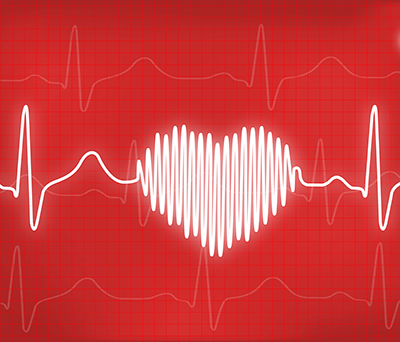
You made the right decision when you went to the emergency room with classic heart attack symptoms. However, chest pain plus trip to emergency room can sometimes equal over-testing. Here is what you need to know about which tests are appropriate and necessary for chest pain when you are in the emergency room.
Washington University cardiologist, David Brown, MD, explains, “A typical clinical evaluation in the emergency room for chest pain includes a medical history, physical exam, electrocardiogram (EKG) and a blood test for troponin – a protein that becomes elevated after the heart is damaged, indicating a heart attack.
In addition, many patients are also given a cardiac stress test or a CT scan of the arteries that deliver blood to the heart. Recent studies suggest that in the emergency room, stress tests and CT scans are unnecessary for evaluating chest pain in possible heart attack patients – because these tests are used to diagnose whether someone has plaque in his or her arteries, or coronary disease. Many people have coronary plaque, but are not having a heart attack.”
Today, doctors can more accurately diagnose heart attacks because of advances in the blood test that measures levels of troponin.
Dr. Brown says, “The troponin test is now super-sensitive. Because earlier troponin blood tests were much less accurate, a patient could be having a heart attack, but the tests often would come back normal. Doctors didn’t trust the older tests, so they looked for other ways to evaluate the patient and confirm the diagnosis. CT scans and stress tests were among the methods used.
Since the troponin test is so much more precise today, there is less reason to continue doing the CT scans and stress tests in the emergency room.”
Washington University physician, Peter Panagos, MD,sees patients in the emergency room at Barnes-Jewish Hospital. He explains, ”The goal of evaluating patients with chest pain in the emergency room is not to screen for coronary artery disease – it is to determine if the individual is having a heart attack or other types of life-threatening chest pain, such as a pulmonary embolism or aortic dissection, that may require immediate treatment or intervention.
CT scans and stress tests may be overused in the emergency room for patients with chest pain. Researchers found those tests provide no information to determine whether a patient is in the midst of a heart attack, but CT scans or other blood tests may be useful for worrisome non-cardiac sources of chest pain .”
Anyone who goes to the emergency room for chest pain and is not admitted to the hospital should make an appointment to see his or her primary care doctor. It is important to follow-up as soon as possible to see if additional testing is warranted.
If you are having chest pains, call 911 and get to the nearest emergency room IMMEDIATELY.
Please call 314-362-1291 to make an appointment with Dr. Brown.
Barnes-Jewish West County Hospital
Medical Building Three
1020 N. Mason Road
St. Louis, MO 63141